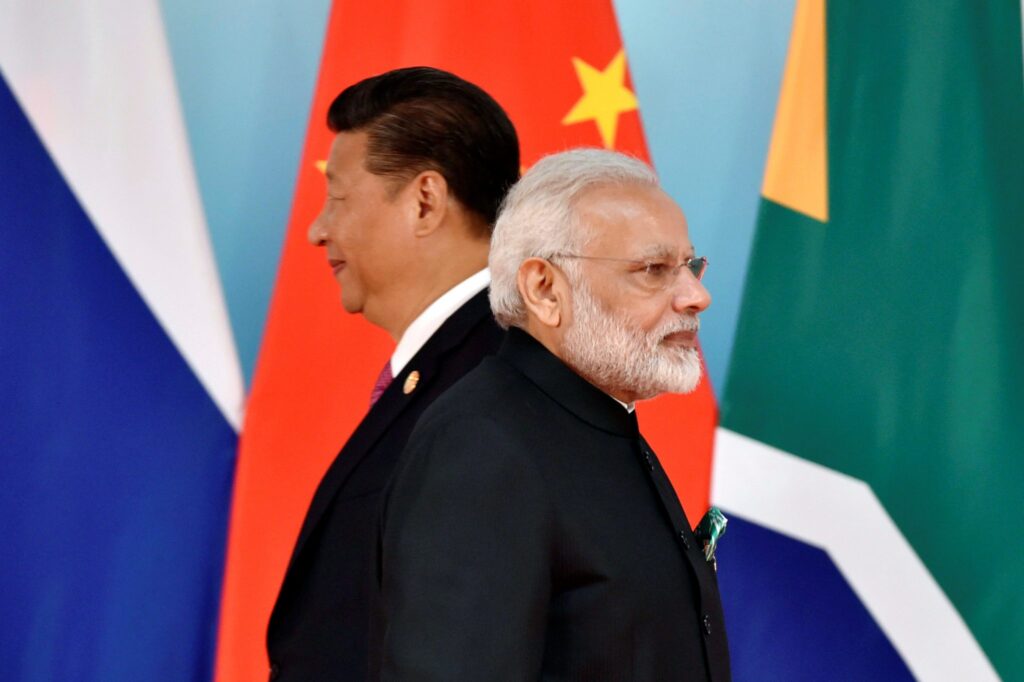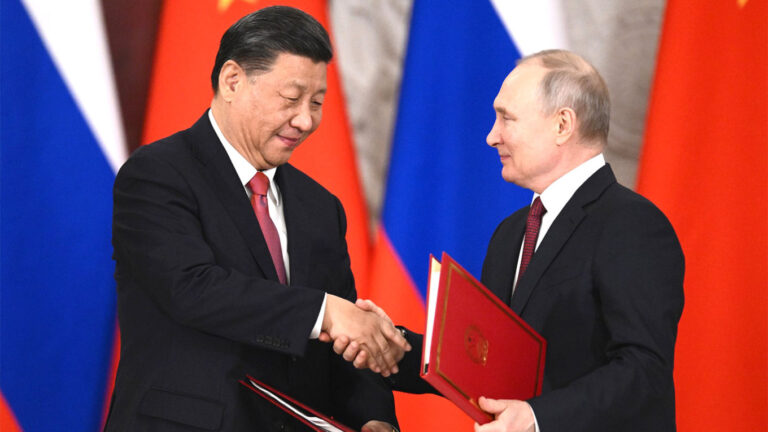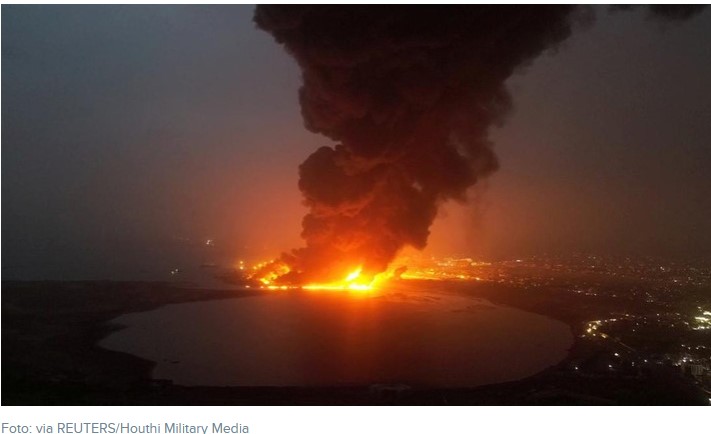
India’s global profile is ascending as its economy has become the world’s fifth largest, surpassing that of its former colonial ruler, the United Kingdom, and the UN estimates that its population size will surpass its neighbor and main strategic threat, China,this week. During its 2023-24 fiscal year, India is expected to register the fastest gross domestic product (GDP) growth of any major economy, estimated to reach 6.3%, according to the World Bank. Amid these achievements, U.S. officials have attempted to move India away from its long history of non-alignment by including it in a series of multilateral groupings like the Quadrilateral Strategic Dialogue (“Quad”), intended to contain China’s growing strategic reach, and the “I2U2” forum, which focuses on economic integration and shepherding investments towards areas like technology, healthcare, and, and by integrating India into key partnerships in the Middle East. At the same time, China and Russia have sought to compete with the United States for India’s allegiance by bringing New Delhi into the Shanghai Cooperation Organization (SCO), which remains dominated by Moscow and Beijing in partnership with several Central Asian states and which has expanded to include others, including India’s historic rival, Pakistan, and Iran.
Yet despite its economic triumphs, including a national information technology (IT) sector depended upon by many U.S. tech firms and the country’s status as a nuclear power, India is still considered a “developing” nation or “lower-middle income economy” by recognized international standards. While it has seen impressive reductions in its poverty rate, it is still home to widespread poverty and underdevelopment. While its poverty rate has declined sharply, most Indians remain poor by global standards. More than a third of the country’s children are malnourished, according to the New York Times. Through its robust IT sector, New Delhi has a stronger relationship with the U.S. through its business partnerships and diaspora. However, some U.S. officials have expressed to their Indian counterparts their opposition to continued Russia-India defense ties despite the invasion of Ukraine, as well as India’s increasing purchases of Russian oil, which counteract the effect of Western sanctions. Other officials have criticized the country for expanding its coal consumption as the international community seeks to limit the worst effects of climate change.
India’s economic gains shield underlying difficulties that will stunt long-term growth and cause India to suffer compared to China. Foreign direct investment (FDI) in India still runs at about half the levels invested in China, even though the two countries now have the same population. In 2020, FDI in India was just under 43 percent of that in China, but the ratio dropped precipitously in 2021, to under 25 percent, according to the UN Conference on Trade and Development. India’s government has lacked the capital that Beijing has had to invest in infrastructure, such as rail, roads, ports, and other facilities, further deterring FDI in India. India’s economy is still only about one-fifth the size of China’s in nominal terms, although New Delhi is well-positioned to take manufacturing market share away from China because of its strained relations with the West. Only one in five Indian women are in the formal workforce, according to World Bank figures, among the lowest rates in the world – a factor that will restrain long-term growth unless there is a substantial change. Economic growth over the past two decades has been unevenly distributed across various Indian regions, notably lagging in India’s north.
Critics have highlighted concerns about increased human rights abuses and treatment of minority communities, and voiced concerns about curbs on media freedom, civil liberties and political activism. Many recent reports have been highly critical of Prime Minister Narendra Modi’s government for his increasing authoritarianism and attempts to whitewash or downplay his and his Hindu-nationalist Bharatiya Janata Party’s (BJP) past and ongoing abuses of Muslims and other communities. For example, Modi’s government recently has sought to squelch BBC journalist and Indian court investigations into his role, as chief minister of the province at the time, in failing to stop a violent rampage in Gujarat state in 2002 that killed nearly 800 Muslims. Modi was banned from entering the United States for a decade after the rioting; the sanction was lifted in 2014 after he became Prime Minister. While Western states have sought to downplay these issues in courting India amidst geopolitical shifts, the increased profile New Delhi is accruing – and desires – will likely come with greater global scrutiny of its domestic dynamics.
Currently, Modi’s BJP-led government has sought to alter the curriculum of India’s schools to eliminate discussion of the Gujarat riots and the history and contribution to India’s culture of the country’s 200 million Muslims. The BJP does not have any Muslim members in the parliament. Other nationwide changes reportedly include significant reductions in curriculum discussions of democracy and the role of citizens in a democratic polity. Indian and outside critics blame Modi for vindictive battles against his political opponents, including the 52-year-old prominent opposition figure Rahul Gandhi. He served as chairman of the Indian National Congress party during 2017-2019 and, as the son of party stalwarts Rajiv and Sonia Gandhi, is the name-bearer of the famous Indian political dynasty and remains a top Congress figure. A case brought by a Modi ally in the BJP accused Gandhi of defamation for anti-Modi rhetoric he made at a 2019 rally. In March, a court convicted Gandhi and, under Indian law, he was removed from his seat in parliament. His request for a stay and reinstatement to his seat was denied last week and faces an appeals process. He could face incarceration pending the result of his legal challenges to the ruling, and subsequent elimination from elections.
Western officials who attach significant weight to human rights principles are skeptical of deepening any partnership with India, at least as long as Modi remains prime minister. However, many U.S. officials see India as a potential counterweight to the threat from China, and an increasingly large trading and technology partner. Perhaps to address criticism that U.S. officials are downplaying the Modi government’s human rights flaws, Secretary of State Antony Blinken said on April 11, in a joint press briefing with U.S. Defense Secretary Lloyd Austin and their Indian counterparts: “[U.S. officials] regularly engage with our Indian partners on these shared values (of human rights) and to that end, we are monitoring some recent concerning developments in India including a rise in human rights abuses by some government, police and prison officials.” However, it is unlikely that the Blinken statement, or other criticism of India in U.S. human rights reports, will calm critics who accuse the West of downplaying the flaws of a BJP-led India and Modi in the interests of advertising it as an indispensable potential ally.





